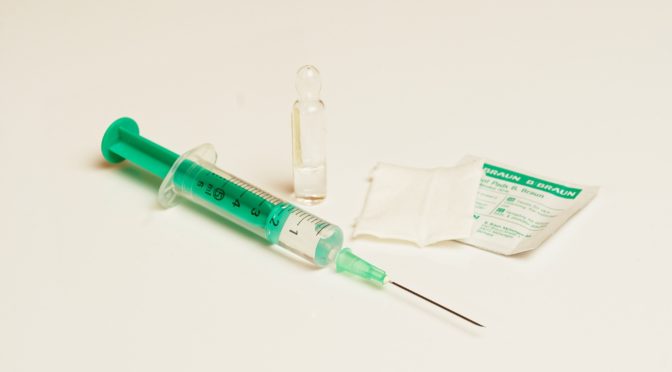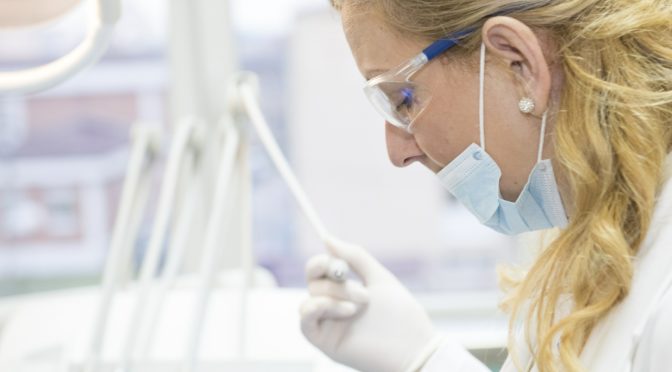What is a phlebotomy technician and what do they do?
A phlebotomy technician is also known as a phlebotomist. Their job is to draw blood to be used for analysis or diagnosis. See here for a detailed description.
Taking blood also known as blood drawing. It can be done from different areas in the body such as the finger, hand or artery. Being that drawing blood may be easier and less complicated in some areas of the body, there are different levels of being certified. Phlebotomy technicians receive different training for each procedure or area where they draw blood from.
The higher level of certification or the harder procedure they can do, the more training they require. However, when a phlebotomist wants to receive their certification they generally need to have drawn blood from all the locations on the body.
Take a look at the various levels of phlebotomist and phlebotomy technicians:
1.Limited phlebotomy technician– This is the lowest level for a phlebotomy technician and just includes basic training. A limited phlebotomy technician can gather blood through skin punctures only, that usually means from the finger.
2. Certified phlebotomy technician I-This is the second level of phlebotomy technicians. Certified phlebotomy technicians I must have attended phlebotomy school and completed numerous skin punctures and veni- punctures. Veni-punctures means drawing blood from the veins.
3. Certified phlebotomy technician II– This is the highest level of phlebotomy technicians. Certified phlebotomy technicians II received the most intense training for phlebotomist. They are capable of performing all punctures including arterial punctures- which are in the arteries.
If you are interested in receiving your phlebotomy certification you usually prepare to become a certified phlebotomist technician II.
You may ask why there are the first two options for phlebotomy technicians, if a phlebotomist generally needs to be certified in veni-punctures.
It is because it is always good to have someone somewhat trained and knowledgeable about punctures even though they did not complete full training. When visiting a doctors office a nurse may just be able to draw blood from the finger known as a finger prick and not be certified to draw blood from the veins. Many times a doctors office will send an employee for basic phlebotomy training.



